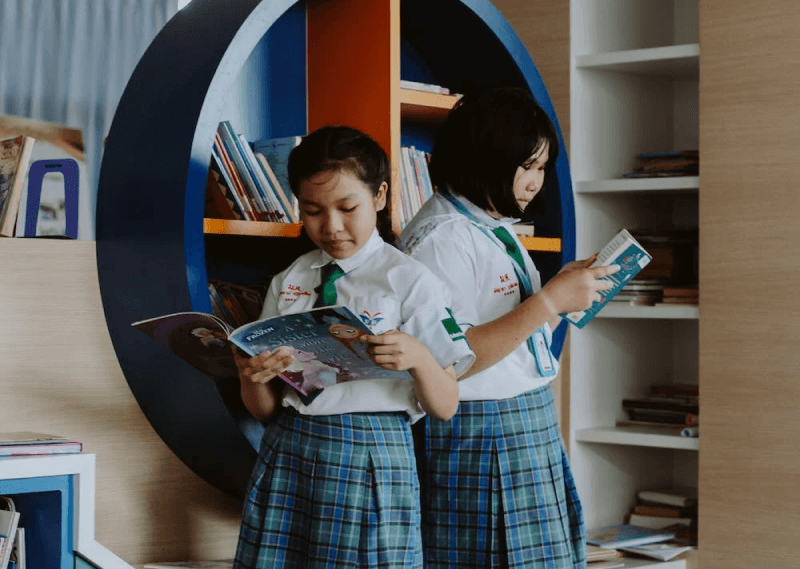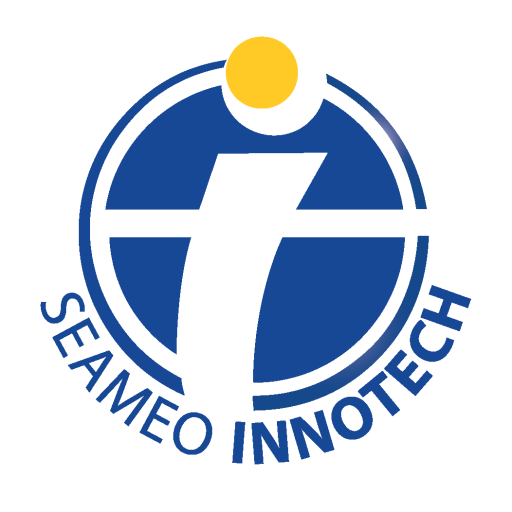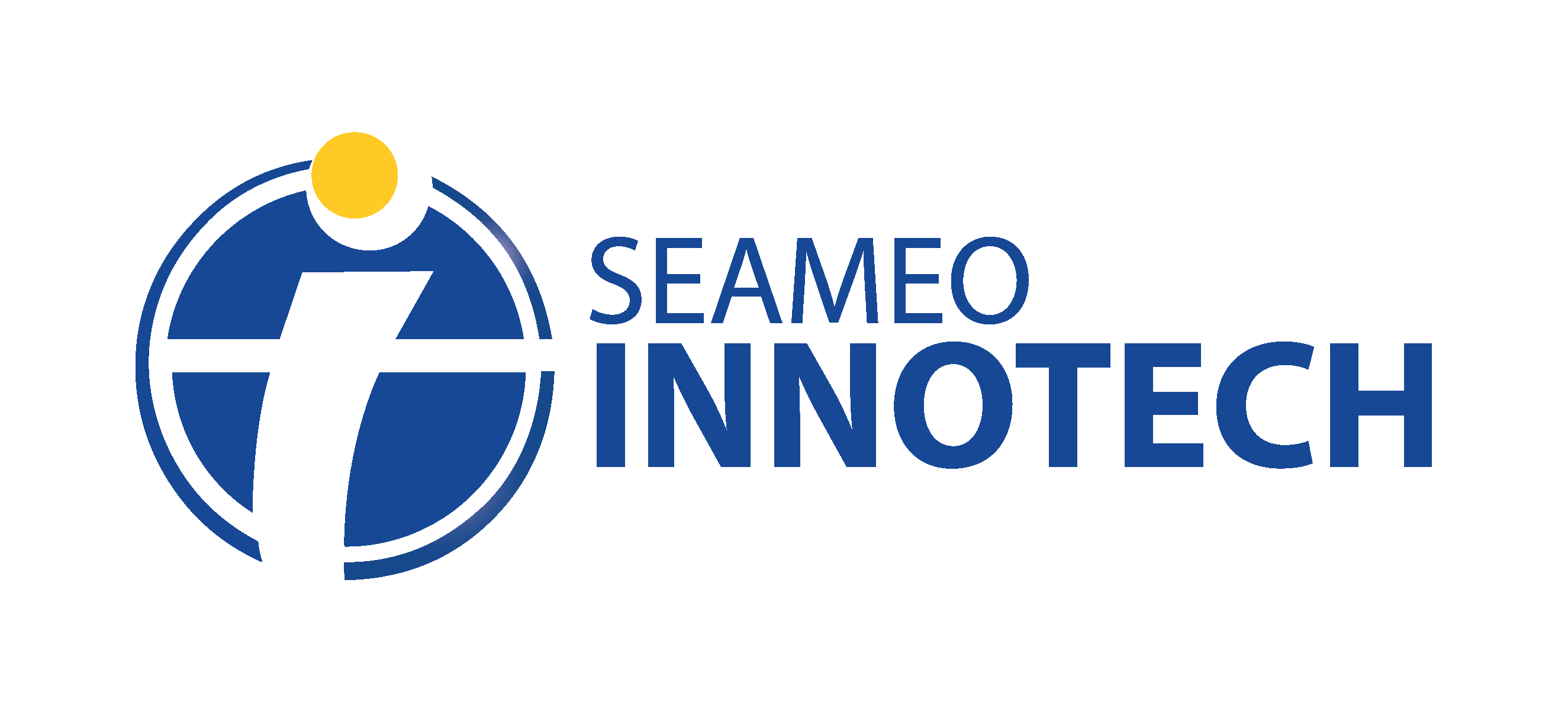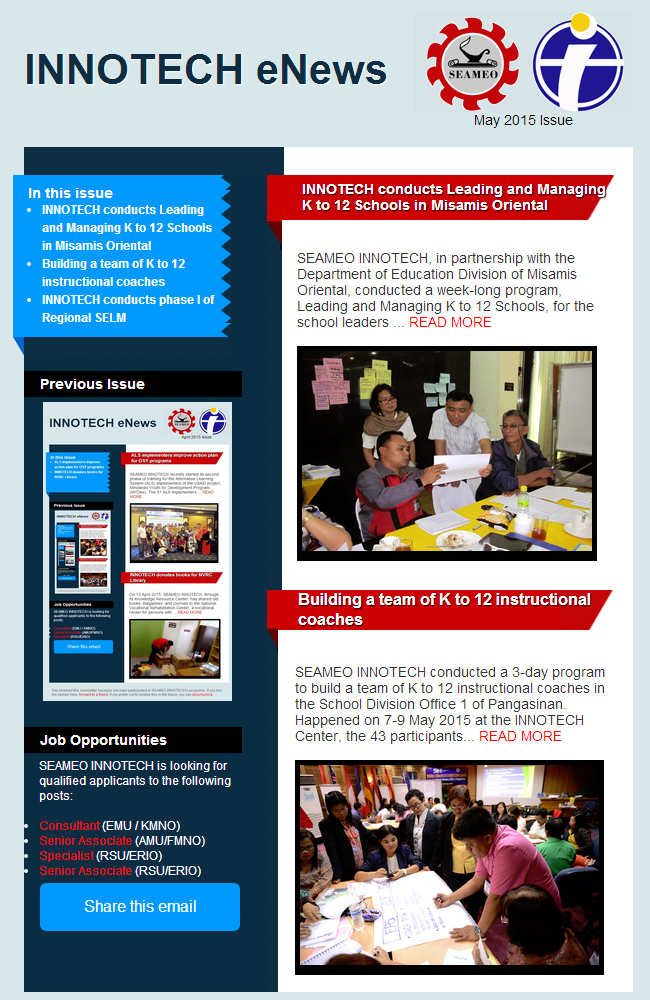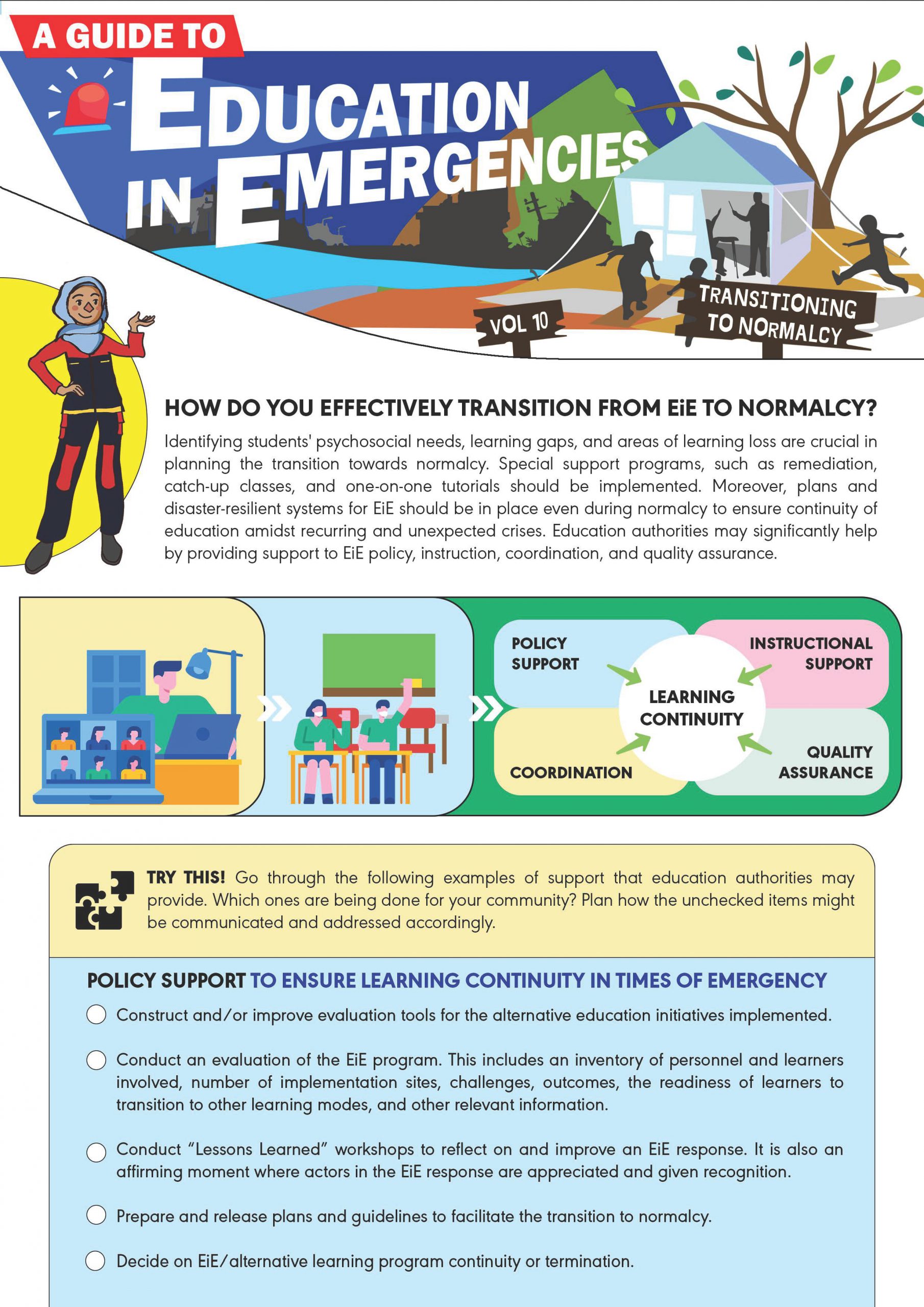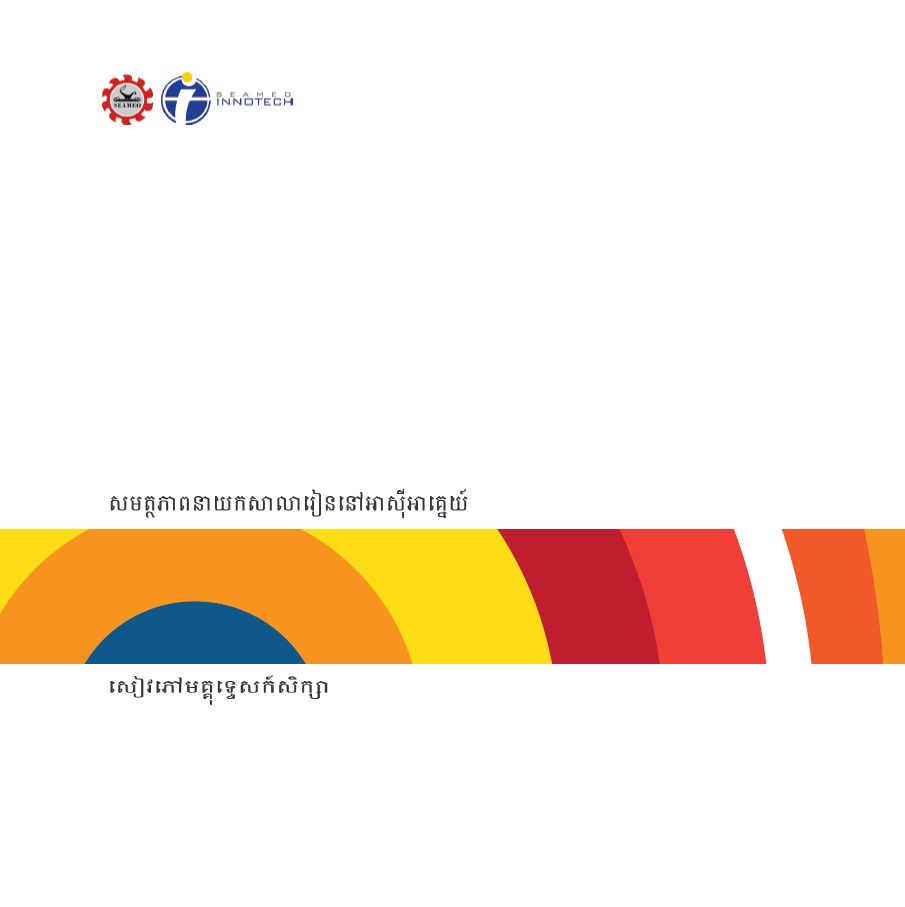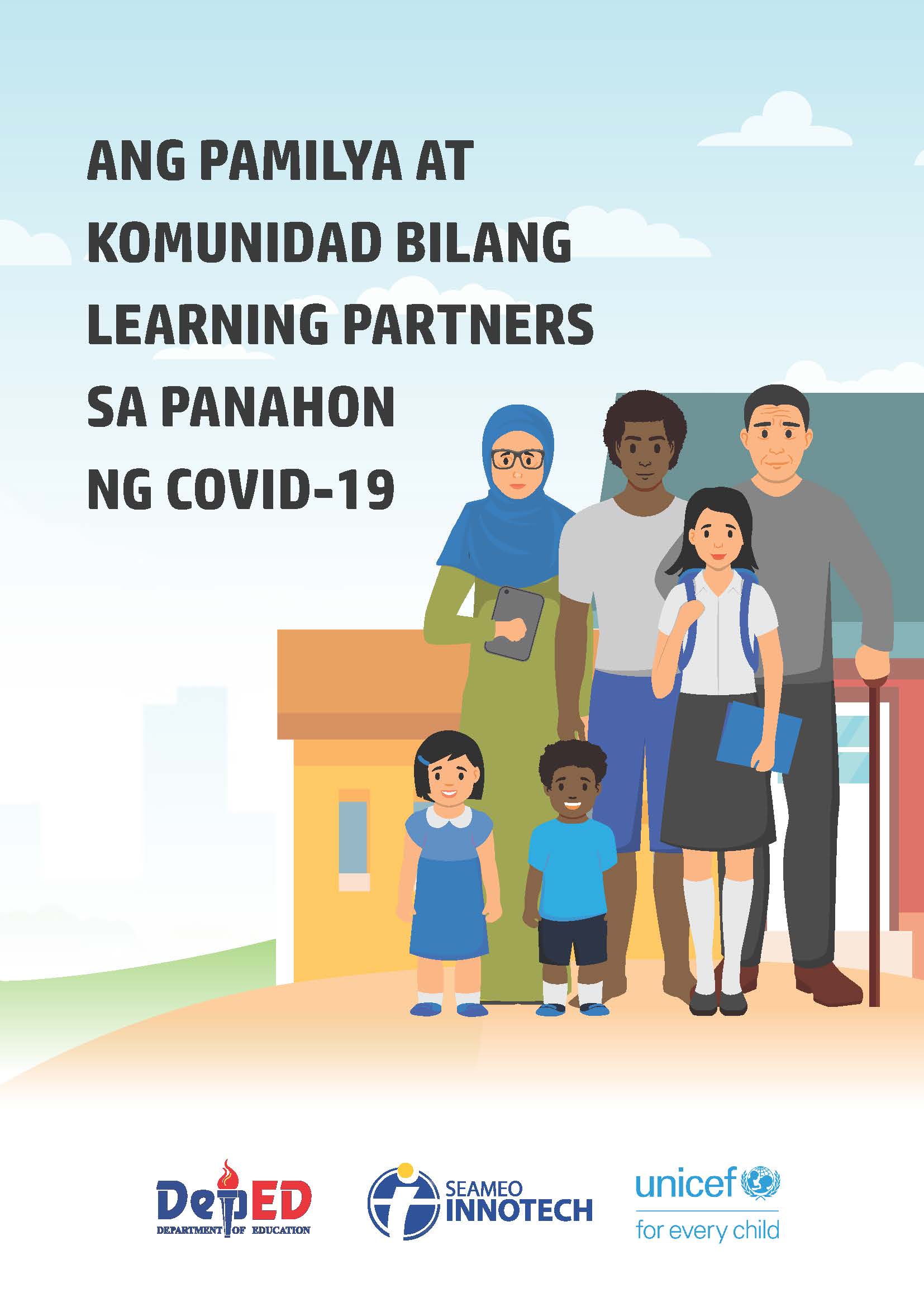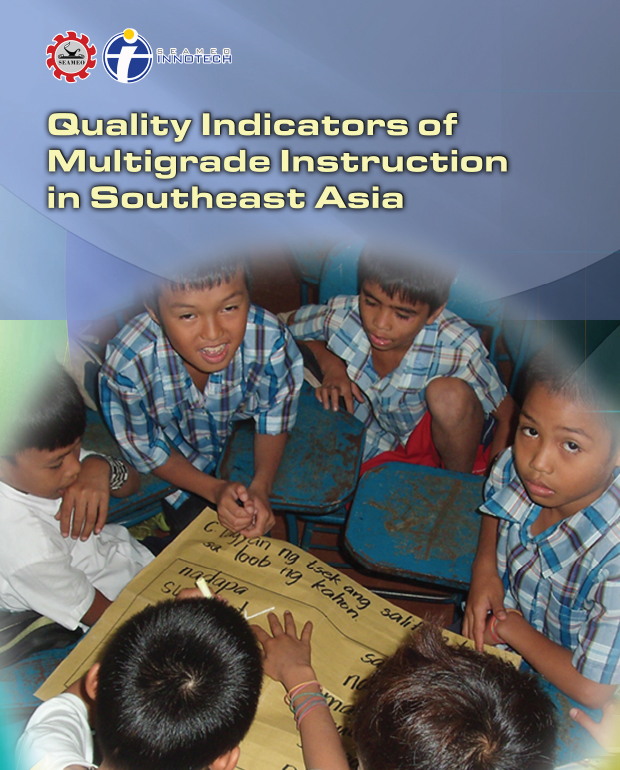
Education is a basic human right that also serves as the foundation for an individual’s and society’s growth. However, due to varying circumstances, education is not always easily accessible. Bringing quality education to marginalized communities in far-flung or conflict-affected areas is hampered by various geographical and sociopolitical obstacles. These are the factors contributing to the establishment of multigrade teaching in Southeast Asia.
Most Southeast Asian countries have traditionally provided access to education to remote, disadvantaged and marginalized learning communities through multigrade instruction. These countries implement multigrade instruction as a necessity rather than a choice. Their demographic and geographical characteristics call for the organization of multigrade classes.
In some instances the lack of educational resources such as classrooms and teachers has further increased the need for this educational delivery approach.
Multigrade teaching in other countries outside of Asia exists as well to provide education to small communities. This method of teaching is more than an innovation to bring education to remote communities. Rather, it has the potential to be a medium for delivering quality education.
With that said, multigrade teaching in the Philippines and other Southeast Asian countries – given their distinct contexts – faces issues and challenges that must be addressed to attain quality for all stakeholders.
Multigrade Teaching Challenges and Opportunities
Recognizing that multigrade instruction will likely continue to be a significant feature of the educational system of most Southeast Asian countries, the Southeast Asian Ministers of Education Organization Regional Center for Educational Innovation and Technology (SEAMEO INNOTECH) spearheaded a regional review of quality indicators of multigrade instruction through its SEAMEO Regional Education Program
(SIREP).
The study aims to identify present models of multigrade schooling, and quality of instruction in Southeast Asia, with the following objectives:
- Determine the conditions and policies in support of multigrade education in Southeast Asian countries.
- Define the various terminologies used to refer to multigrade instruction in the region.
- Identify good practices in implementing multigrade instruction in the Southeast Asian region.
- Determine multigrade education implementation challenges and opportunities in the region.
- Recommend policies and strategies to promote quality multigrade instruction in Southeast Asia.
The regional review reveals that significant progress has been achieved since the 1920’s when countries first implemented multigrade instruction to resolve issues of access to educational opportunities. However, there are still challenges that must be addressed such as the need for advocacy to raise awareness on improving quality in the multigrade schools.
In some countries policy support that specifically deal with
multigrade instruction and multigrade schools concerns is sorely lacking at both the national and local levels. Sometimes education sector planning fails to consider the situation of multigrade schools.
Complementing the Practices of Multigrade Schools in the Philippines, this report aims to identify quality indicators of effective multigrade instruction. It likewise proposes an action agenda, which will hopefully provide guidance to multigrade school implementers on how to maximize the impact and benefits of multigrade instruction for learners. This report further presents an interesting mix of practices and strategies which may be useful for multigrade teachers and school heads.
Download the report to dive into the findings and discussions in detail.
Quality Indicators of Multigrade Instruction
Making education accessible is only the first step, governments all over the world are responsible for providing quality education. To determine the quality of education in multigrade programs, SEAMEO INNOTECH has established quality indicators. These quality indicators are based on UNESCO’s Education Quality Indicators Framework (EQIF), contextualized to factors of multigrade teaching in Southeast Asia.
Context is concerned with the economic and social forces that influence the educational system, requiring the implementation of multigrade teaching and affecting the policies that support it. Specifically, this indicator measures the commitment of the international community and national government to providing quality multigrade instruction.
Input measures the availability of resources for multigrade teachers and students. This includes teacher training and support, such as trainings and resources like the Learning Action Cell for Teachers. Providing facilities that are conducive to learning are also considered. Input from the community are equally valued in this indicator.
Process is concerned with the activities involved in the teaching process, including lesson planning, the teaching-learning process, classroom management, internal assessment by teachers, monitoring and evaluation, and supervision. All these come together to ensure that challenges and opportunities in multigrade teaching are addressed.
Outputs/Outcomes measure the impact of the program. High participation rate, reduced dropout and repetition rate, and increased academic achievement are indicators of a strong multigrade education program.
These indicators can help educators understand the quality of their multigrade teaching, where they fall short, and their opportunities.
Toward Progressive Multigrade Teaching
The research report may serve as a valuable resource for Southeast Asian governments and educators seeking to improve multigrade teaching in their countries. The quality indicators provide an objective method for measuring the quality of the programs as well as the challenges it may be facing.
Likewise, the discussions concerning the policies and practices in multigrade classrooms in other Southeast Asian countries may be used as reference for better practices, strategies, and policies. Informed by the unique challenges of the region, SEAMEO INNOTECH has compiled some of the best practices and recommendations to help Southeast Asian countries deliver better mutigrade education.
Access these insights at SEAMEO INNOTECH’s Quality Indicators of Multigrade Instruction in SEA.
Other Resources
Gain a Deeper Understanding of the State of Education
The unique context of the Philippines poses distinct challenges for its educational system.
Download SEAMEO INNOTECH’s report on the Current Situation and Practices of Multigrade Schools in the Philippines to understand the state of education in remote areas.
